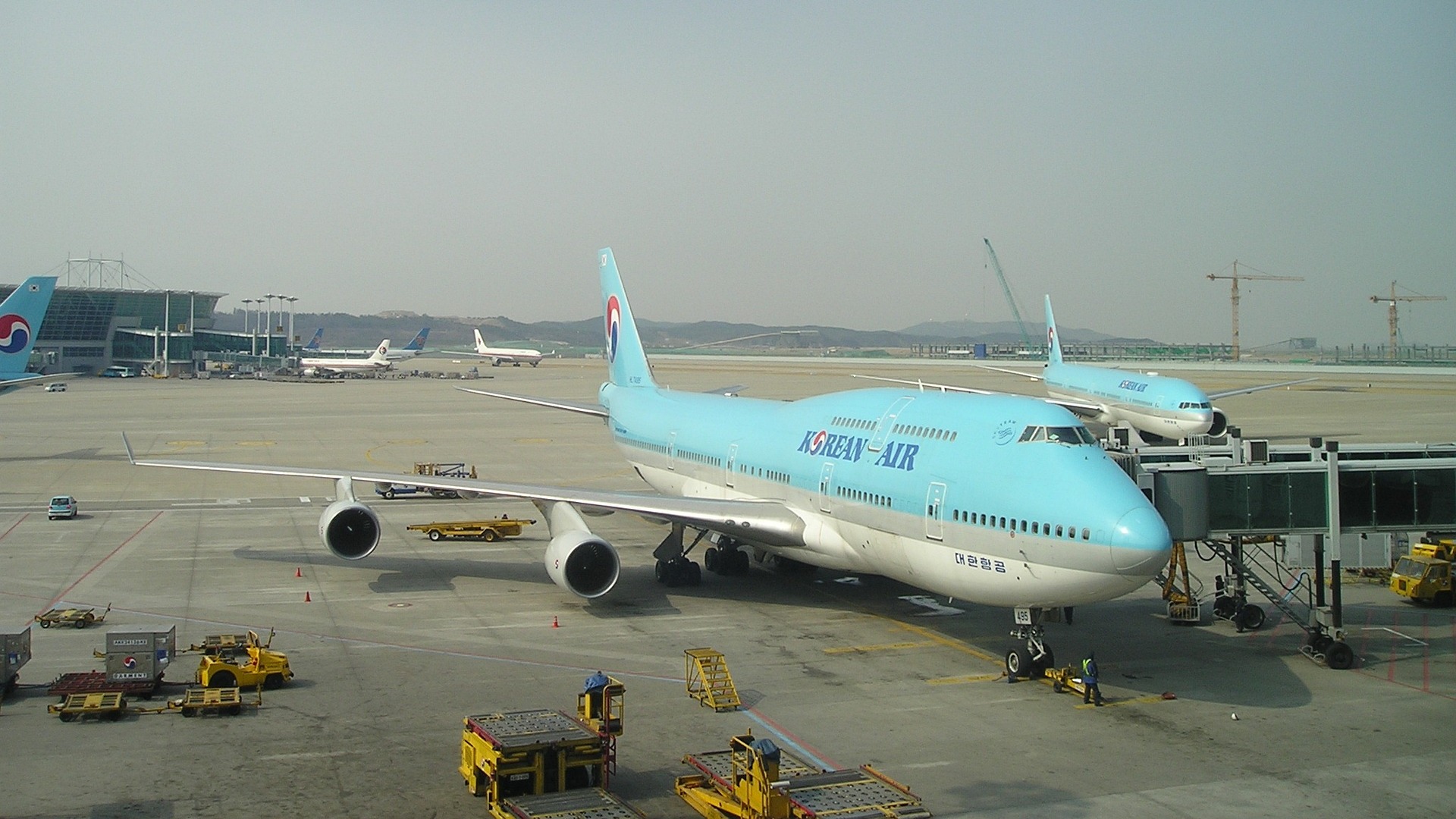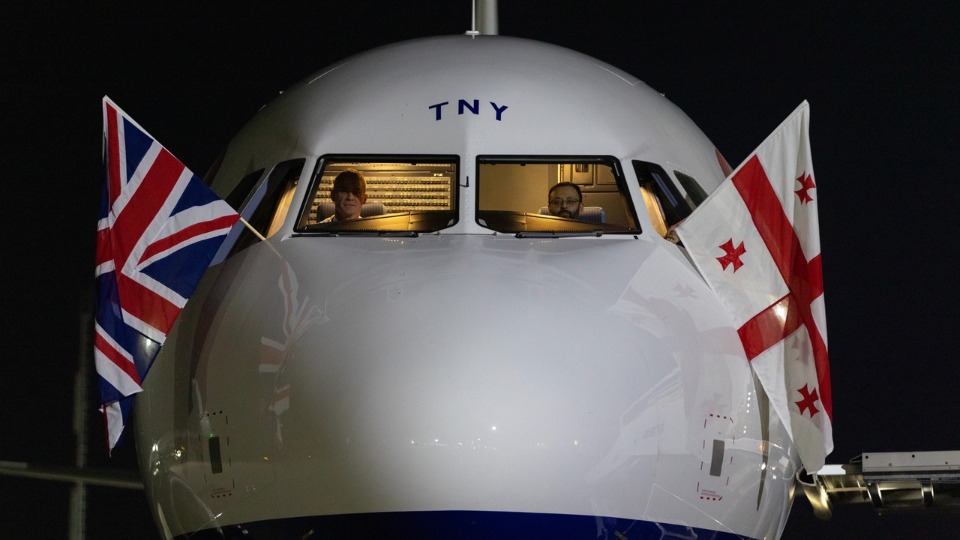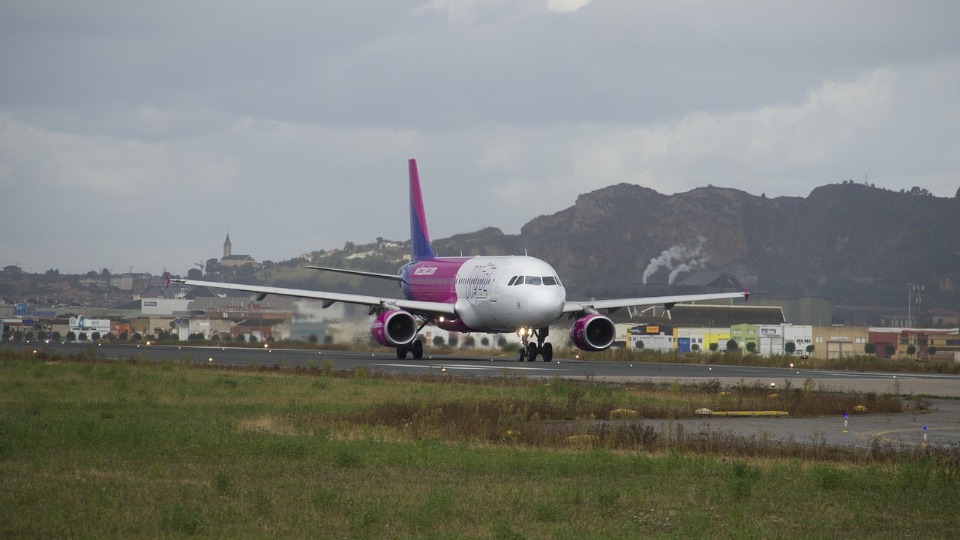
Korean Air is Rebuilding Its Network in Three Countries

Korean Air is pursuing new routes in Asia and Israel. However, it is also currently facing fleet renewal problems at home.
Korean Air, like many Asian airlines, is adding new destinations to its network. It announced last week that it would resume services on routes to Japan and China, as well as Israel.
These routes originate at Korean Air's (Korean), central hub at Seoul Incheon International Airport and travel to six destinations. These destinations include Shanghai, Nanjing, Qingdao, and Okinawa in China; Sapporo (Japan); and Tel Aviv (Israel).
Adding China capacity despite obstacles
Korean Air will resume its once-weekly flight from Seoul on Sunday at Shanghai Pudong Airport (PVG), leaving Incheon at 8:30, and arriving in Shanghai at 9:55. The return flight leaves Incheon at 13:05, and returns to Incheon at 16.00. The service will be available on the Seoul-Nanjing route every Wednesday starting at 09:00. It returns to Incheon at 16:10. Nanjing at 10:30 The aircraft departs Nanjing at 13.15 and returns to Incheon at 16.55.
The third Chinese service, a weekly Sunday flight from Qingdao to Qingdao on Chinese Airlines, began on December 11th. It departs at 09 05, arrives in Qingdao around 09:45, and returns at 10:55. At 13:25 it will land in Incheon. Korean resumed weekly service to Dalian on October 28 and increased the frequency of flights to Shenyang, Tianjin, and Incheon at 13:25.
Japan has granted visa-free travel permission to Japan, so Korean airlines will resume daily flights to Sapporo Chitose Airport from December 1st. The service will depart ICN at 10:05, arrive in Sapporo around 12:45, and return to Incheon at 14.00 for a 17-minute landing in Seoul. Beginning December 1, Okinawa flights are scheduled to operate Mondays through Sundays. They depart Incheon at 08.00, arrive in Okinawa at 10:00, and land back at their base at 13:55.
Korean Air also announced that it will resume services from Seoul to the Israeli city of Tel Aviv starting December 26th. It will operate three times per week, on Mondays, Wednesdays, and Fridays. The afternoon departure from Seoul Incheon leaves at 14:35, and the arrival in Tel Aviv is at 20:00. It departs Ben Gurion Airport at 21:55, and returns to Seoul at 15:10.
There are some fleet issues that need to be addressed
It is one thing to add new routes, but it is another to have operational aircraft to support them. Korean Air is currently facing safety concerns regarding its widebody aircraft. This includes Airbus 330s and Boeing 747s. Some of these aircraft are 18-23 years old.
Recently, the airline announced that it would be conducting an extensive inspection of 24 of its A330s as well as retiring six older aircraft.
According to data from ch-aviation.com, the airline currently has eight A330 200s and 21 A330 300s in its aircraft fleet. A330-300 was also written off after a runway excursion to the Philippines on October 28th.
According to the current fleet data, Korea currently has 131 of its 159 aircraft active. Nine Airbus A220s are currently active, as well as one A321neo and 20 A330s. There are also five A380s. There are 23 Boeing 737s, six 7477-8s, and 30 777s. Ten 787-9s are also available.
A large cargo fleet includes 24 freighters (a mix of 747s/777s and three VIP corporate jets).
According to multiple reports, Korea plans to add 90 aircraft to its fleet by 2028. This includes 30 Boeing 787 Dreamliners. Some of these new aircraft could be on the fast track for fleet renewal, according to current events.
Source: simpleflying.com








